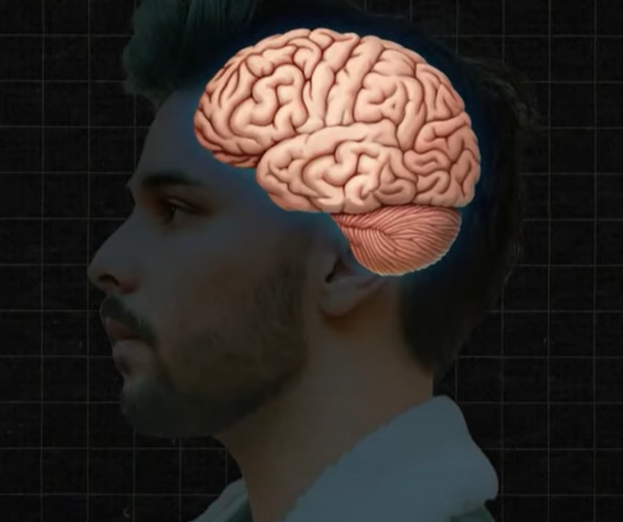
The Science Behind Goal Setting
By: Louisa Nicola, MMed, BSc
Hopefully, you’re out there crushing those resolutions. But if things aren’t going to plan, it might not be you that’s the problem—it could be your goals. Let’s dive into some of the science beyond goal setting and arm you with tips on how to set yourself up for success this year and beyond.
Dopamine is the molecule of motivation, pursuit, and desire. And it's a renewable resource, meaning that we can use it ongoing and we can use it to our advantage
However, this is where most people go wrong. As of January 2024, most people are going out, and they're setting these large, audacious goals, ones that they can't even hit. And that signals to your brain that you have failed, which kind of lowers the threshold for you actually going out and setting another goal and achieving it.
So the way you want to work is you want to set up milestones, and these milestones are small set points that get you towards your big goal. You gotta make sure that they're not so far out of your reach, but they're also not too easy.
You wanna make them comfortably hard. And what happens is when you set these milestones, and you achieve them, you get this surge of energy, and that energy is dopamine.
And that pretty much signals to your brain that you, if you've done something, well, it gives you a reward, and that dopamine then gets transferred into norepinephrine and adrenaline. And that's what gives you the energy to go out and set another milestone and hopefully go out and achieve it.
So as you move into January 2024, go out with the goal in mind to set small, audacious goals or milestones that eventually get you toward your biggest goal.
Louisa Nicola went to Sydney Medical School and graduated with a particular interest in neurophysiology. She then founded Neuro Athletics, a multi-enterprise consulting firm, to provide scientific strategies to help athletes and investors achieve peak performance.





















